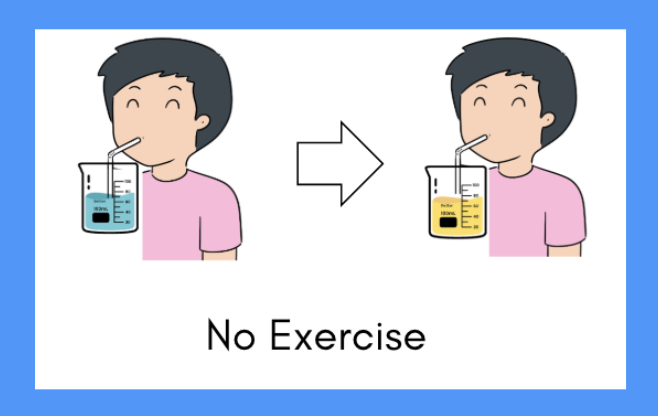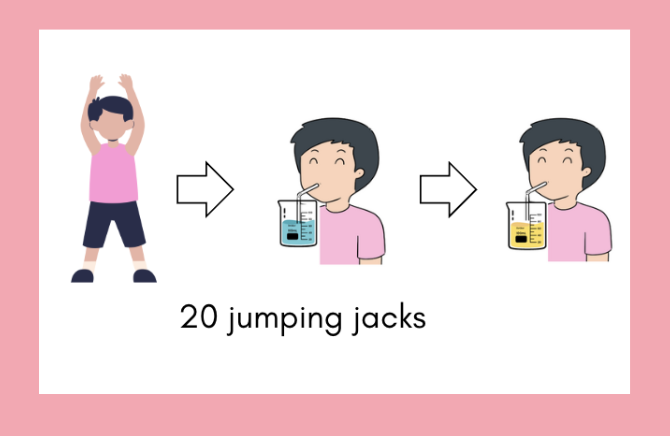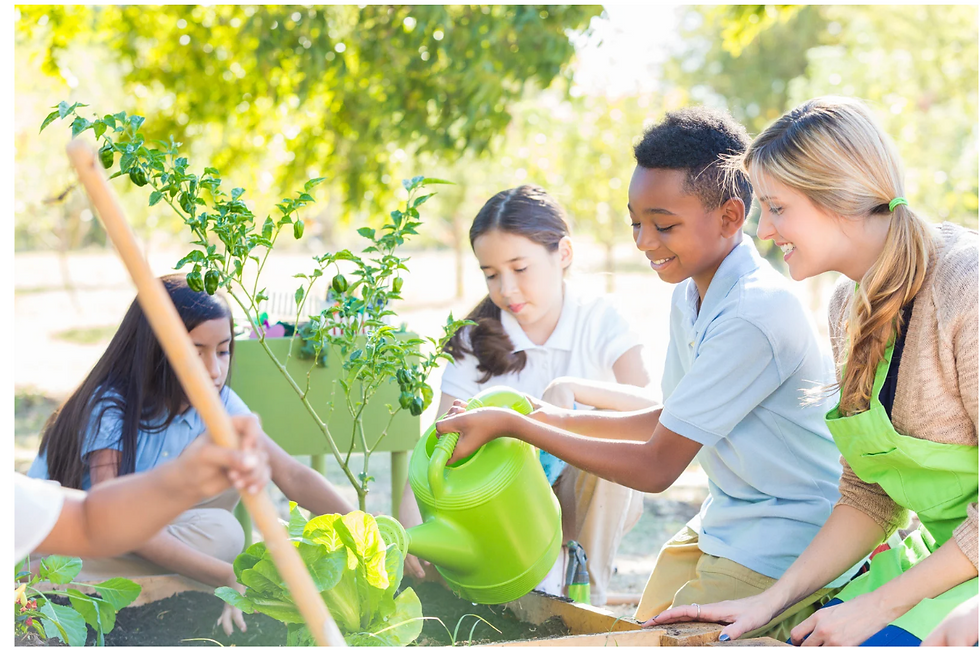A Respiratory System Inquiry Activity for Middle & High School Teachers
- Evans Kofi Amoah
- May 12
- 3 min read
Updated: May 13
Is planning your next respiratory system lesson stressing you? Take a deep breath! Teaching this system can be a tall mountain to climb without the right learning activities. Students can easily be disengaged because of the complex vocabulary and large amount of information involved.
Having a set of proven activities can be a game-changer for teachers and a delight for our learners. Although there are many cool hands-on and dissection activities to teach this system, it can be a struggle to find an inquiry-driven approach to teach it. In this blog post, I will share with you one of my favorite guided inquiry activities that have performed over the years.

Exercise Vs Carbon Dioxide Inquiry Lab
The respiratory system presents a perfect opportunity for some scientific inquiry. Students will follow the scientific method to answer the driving question, “Does exercise affect how much carbon dioxide we make?”
The activity in pictures. Slide to see
Lead In:
I begin with a whole-class discussion about exercise and respiratory health. I invite students to share their thoughts on the benefits of regular exercise to the respiratory system. Finally, I ask students the following questions:
Do we actually breathe out CO2 when we exhale?
Does exercise really affect how much of the gas we make?
How can we scientifically prove that exercise does or does not affect CO2 production?
Activity:
I put students into groups of 3 to 4 students and give them an A4 sheet or a mini whiteboard. Their initial task is to:
Write the driving question for the day
Make a hypothesis
Draw a plan on how they might conduct an experiment to answer the driving question
Present their plan to their teacher
This phase gives students a chance to collaborate, think critically, and plan an experiment on their own. The point is not to do the experiment but to illustrate how it could be done. After a short presentation by each group and feedback from the teacher, the next stage of the activity can begin.
In the next phase, students will compare how fast a bromothymol blue solution changes color when exhaled into, right after we exercise, versus when we don’t exercise.
Materials Needed:
Bromothymol Blue ( BTB) Solution
A beaker (250 ml - 500ml)
Straws (one per group)
Timer
Click here to download the activity guide and worksheet for this activity.
Safety Rules:
Instruct students to blow air from their mouth gently into the BTB solution to avoid splashes.
Instruct students not to drink or ingest the BTB solution.
Clean all equipment with soap and water after the experiment.
Ask only volunteer students without any health concerns to do jumping jacks (exercise).
Closing:
After the class has completed the experiment, you may ask each group or some groups to present their findings to the class. Ask them to discuss whether their hypothesis was accepted or rejected and discuss potential errors or biases in the experiment.
So there you go. A great inquiry activity to inject some excitement and curiosity into your next respiratory system lesson. Together with my other favorites, The Pig Lung Dissection Lab and The Balloon Lung Model, these activities can be the perfect combo that will transform your next lesson into one that you and your students will love.
I would love to know the activities you use to teach the respiratory system. Please share in the comment section.
Need a resource that covers all the body systems? Check out my Human Body Organ Systems Bundle and save 20% today.











Comments